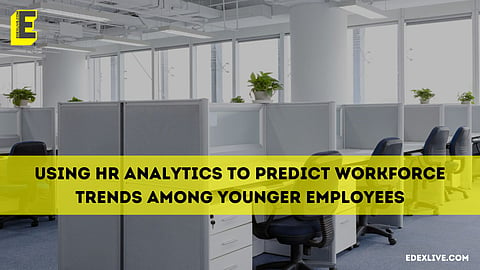Using HR analytics to predict workforce trends among younger employees
How can organisations use Human Resources (HR) analytics to understand and predict workforce trends among younger employees?
Data isn’t just numbers- it tells a story. And for younger employees, that story is evolving fast. Organisations must move beyond traditional HR metrics and leverage predictive analytics to understand patterns in engagement, retention, and career progression.
Are employees leaving due to stagnant roles? Are they disengaged because of a lack of upskilling? HR analytics should offer proactive insights rather than reactive reports. Artificial Intelligence (AI)-driven tools can identify early signs of burnout, preferred work modes, and even the likelihood of attrition, allowing companies to act before it’s too late. The goal is to shift from asking ‘What happened?’ to ‘What’s next?'
How can HR platforms support mental well-being and employee wellness for a workforce that values holistic work environments?
Well-being is no longer a ‘perk’, it’s a necessity. Gen Z and Alpha expect companies to prioritize mental health, and HR platforms must embed wellness into daily workflows. This includes AI-driven stress monitoring, access to digital therapy, and even simple automated nudges to take breaks.
Features like anonymous mental health check-ins, meditation app integrations, and flexible leave policies backed by data can make a significant impact. It’s not just about offering wellness benefits, it’s about making them accessible, stigma-free, and ingrained in company culture.


